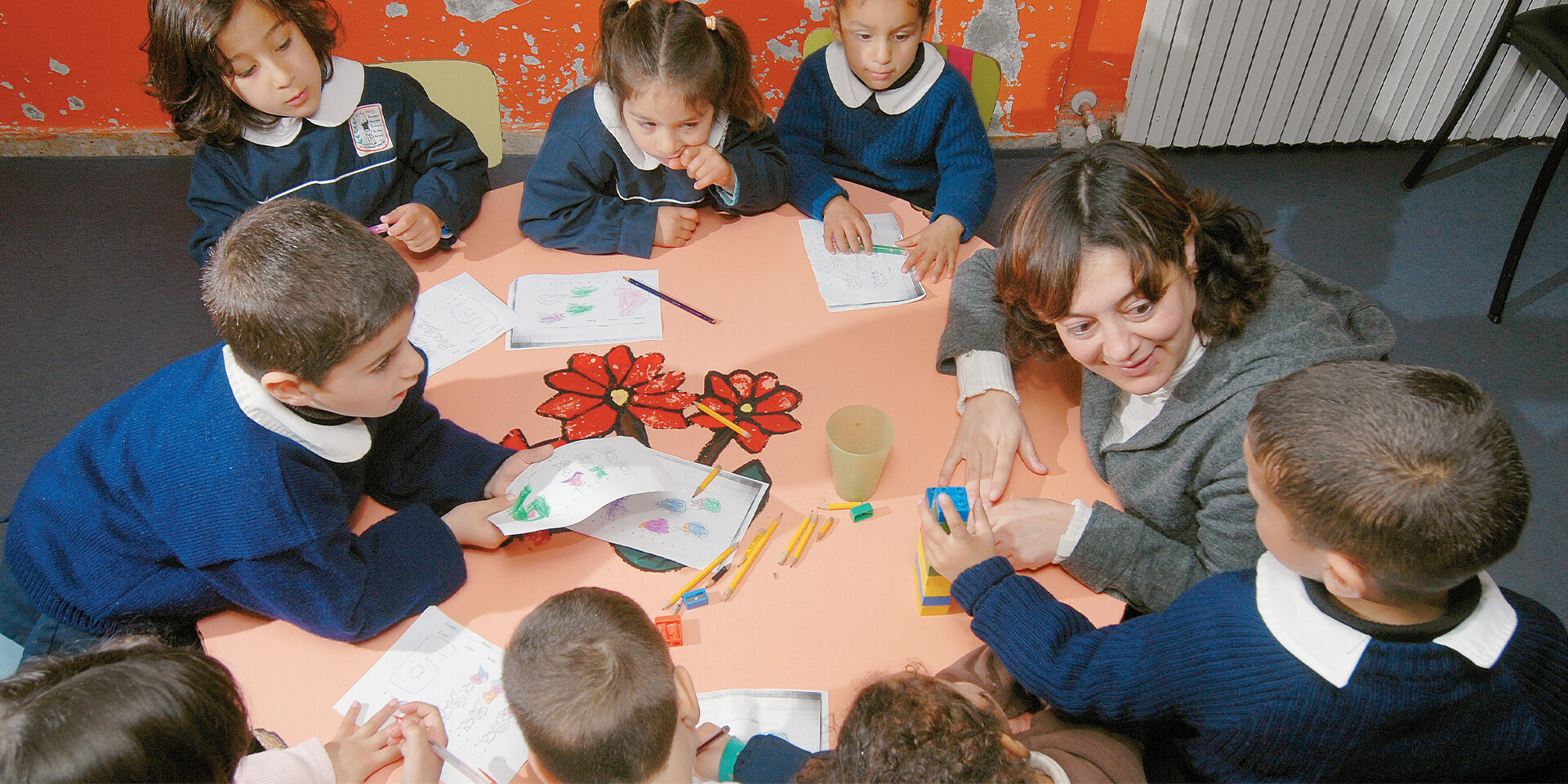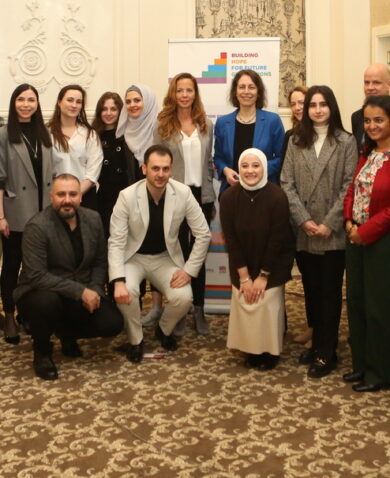
3 Questions with Norma Evans on Chemonics’ Numeracy Toolkit
July 22, 2021 | 3 Minute ReadChemonics’ latest toolkit helps educators implement programs to enhance students to engage more effectively with mathematics. Learn more from one of the toolkit's authors about its guiding principles and how it can help the education sector improve math literacy around the globe.
Chemonics’ recently published toolkit, Getting to (2+6): A Toolkit for Responsive Numeracy Programs, is a resource designed to help educators implement programs that enhance student’s ability to use, interpret, and communicate mathematical information. As co-author of the toolkit, Norma Evans explains the guiding principles behind it and how it can lead to better outcomes for students around the world.
1.How can this toolkit support reform at the classroom and system level?
The toolkit is a vision of what effective numeracy instruction can look like in the classroom. Based on global research into evidence-centric mathematics education, the vision applies equally to all classrooms, from pre-primary to secondary and to all contexts. It describes the instructional practices teachers incorporate into daily mathematics lessons. It also provides simple and concrete examples of how teachers can implement these practices in low-resource environments, using existing or no cost local materials. In doing so, the toolkit provides those responsible for supporting improved numeracy instruction at the classroom level – be they coaches, school principals, or instructional materials developers – a clear goal to strive for and the tools and understanding to reach that goal.
The toolkit supports reform at the system level by providing all education stakeholders, from parents, teachers, and principals/headteachers to curriculum specialists, instructional material developers, publishers, teacher trainers, and monitoring and evaluation specialists, with a shared understanding of two equally critical components of a mathematics reform program:
- what effective numeracy teaching looks like at the classroom level, and
- what accomplished numeracy learners can do inside and outside the classroom.
Finally, the toolkit supports systematic reform by outlining a framework for a structured numeracy intervention that includes:
- research-based learning progressions of mathematics skills for each grade level;
- a set of clearly-defined, evidence-based instructional practices to support the development of these skills;
- initial and ongoing training for teachers on the progressions and instructional practices, and
- continuous monitoring and evaluation at the classroom and the system level of the extent to which teachers adopt these practices and pupils demonstrate the targeted skills.
2. Why are the Guiding Principles for responsive and comprehensive numeracy programs presented as (2+6)?
The program communicates a picture of evidence-based mathematics instruction through the (2 + 6) guiding principles. The “6” of the (2+ 6) refers to six principles firmly anchored in the global research based on effective mathematics instruction, namely:
1. ensuring the teaching-learning process respects research-based learning progressions for crucial mathematics concepts,
2. connecting the formal mathematics students learn in school with the informal mathematics they engage in out of school,
3. promoting learning through student-led problem-solving,
4. encouraging students to explain and justify their mathematics thinking,
5. putting mathematical manipulatives and models in the hands of students and having those tools used intentionally to explore and
demonstrate mathematical concepts; and
6. developing computational and procedural fluency through reasoning and understanding.
These six instructional principles apply to all grade levels and topics in mathematics.
The ‘2” of the “2+ 6” refers to two instructional principles that apply to all subject areas but have particular importance in mathematics classrooms:
1. creating an inclusive classroom environment that fosters, in learners, the development of positive math identities, perseverance, and risk-taking; and
2. assessing learners’ progress regularly to identify and address learning gaps.
Framing the guiding principles as 2 + 6 allows stakeholders to balance a focus on cross-cutting instructional practices (the “2”) that apply to all subject areas, with a focus on numeracy classes.
3. How do the guiding principles and associated practices connect to the UNESCO Global Proficiency Framework (GPF) for mathematics?
The UNESCO GPF outlines the minimal knowledge and skills learners should be able to demonstrate at the end of each year for grades one to nine. It does not prescribe instructional strategies teachers should adopt to ensure that learners meet the minimal expectations. That said, to meet minimal performance descriptors, learners must experience mathematics learning in ways that are consistent with the 2 + 6 principles outlined above. For example, in grade six, learners are expected to multiply commonly-used fractions by whole numbers or divide proper fractions by whole numbers and represent such operations with objects or pictures. Learners who have developed an understanding of fractional computation using manipulatives and models should meet the minimal expectations outlined in the GPF.
On a more pragmatic level, one of the guiding principles (principle 1 above) is that program and instructional materials developers ensure that the teaching-learning process respects research-based learning progressions for mathematics concepts. The mathematics GPF, developed by researchers and educators familiar with research on developmental learning progression in mathematics, constitutes a valuable reference for producing such progressions.
Banner image caption: Children at a daycare facility run by a women’s cooperative in a West Bank refugee camp. The photo was taken by Steve Sabella of USAID/West Bank/Gaza.
Posts on the blog represent the views of the authors and do not necessarily represent the views of Chemonics.


















